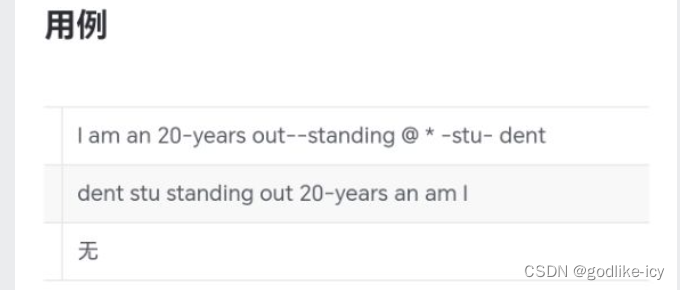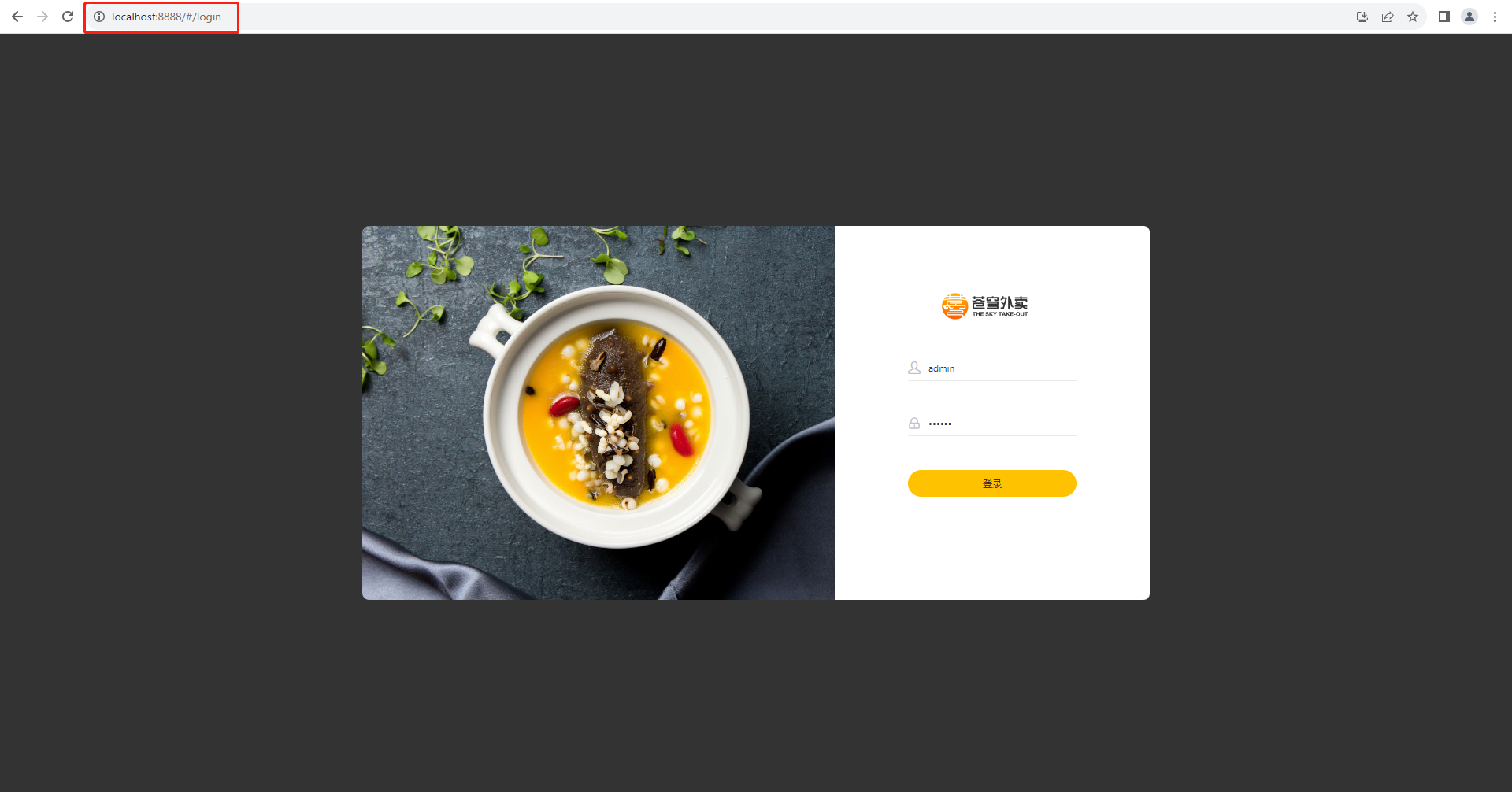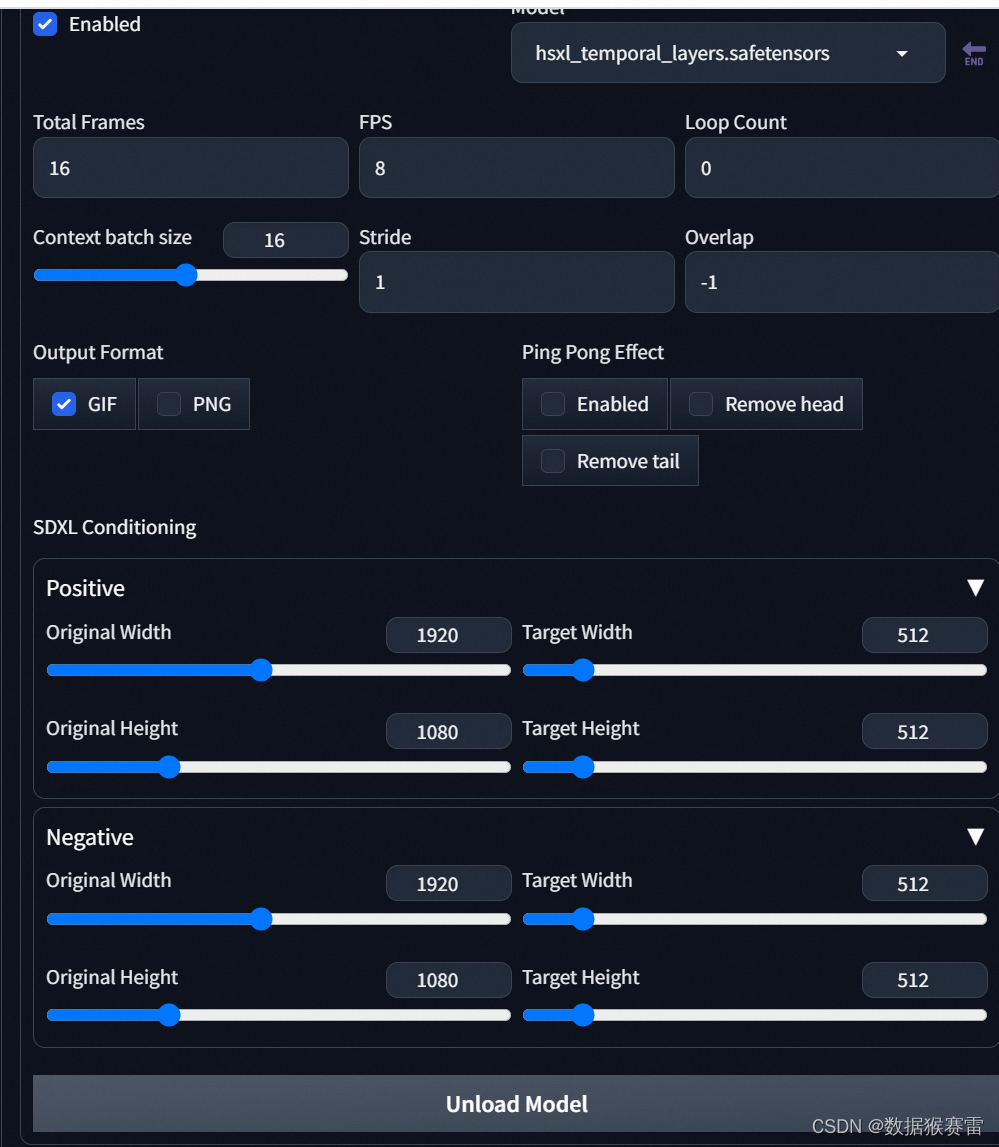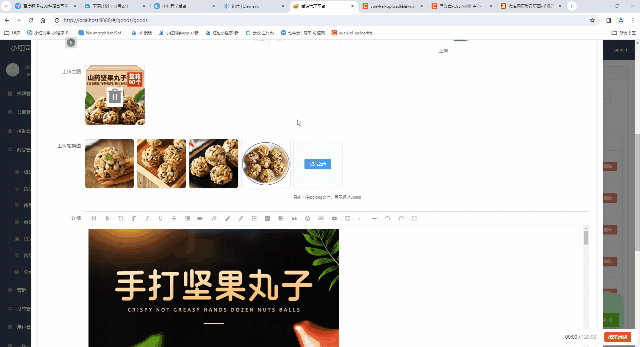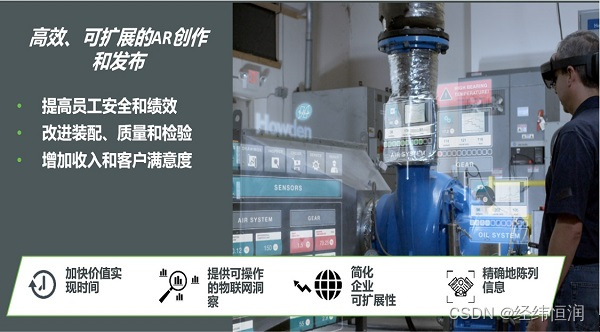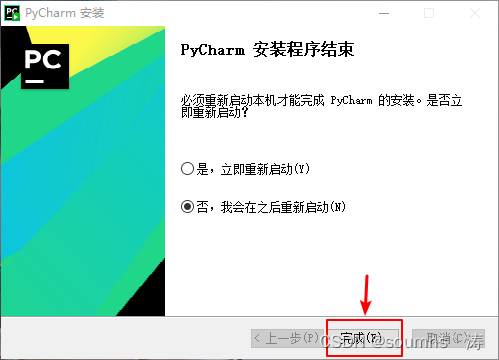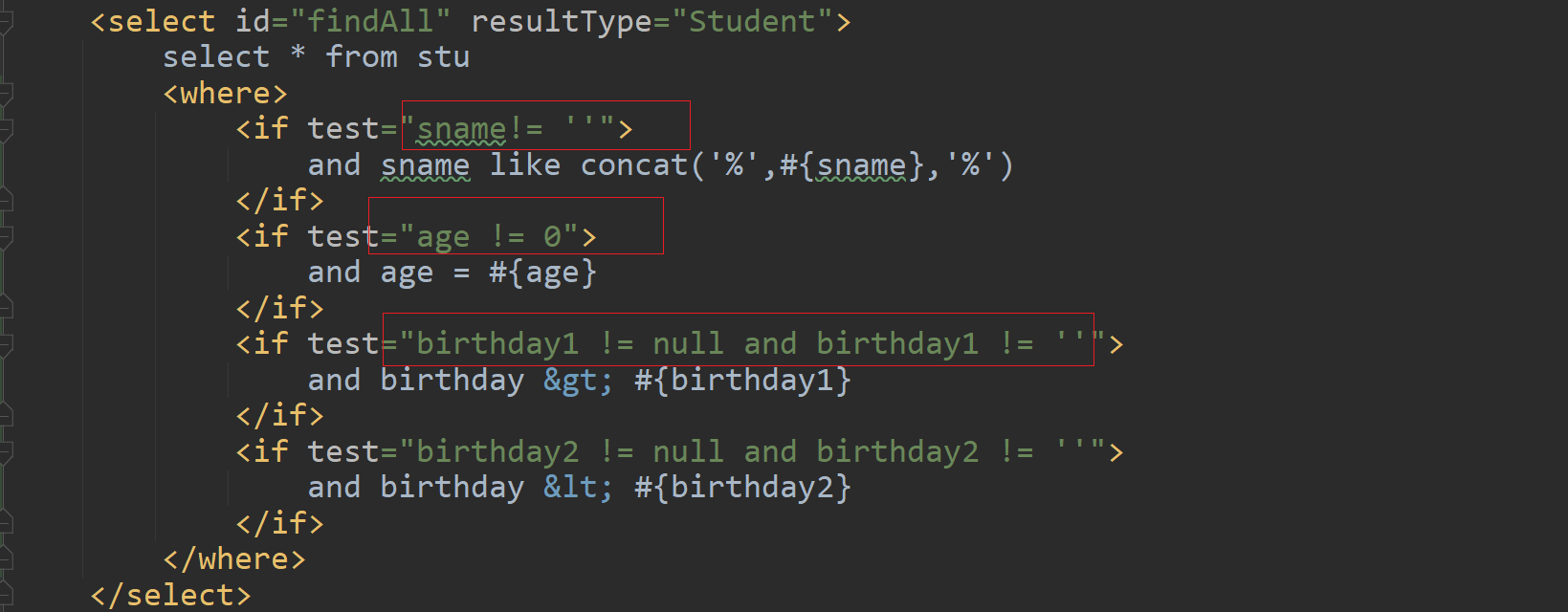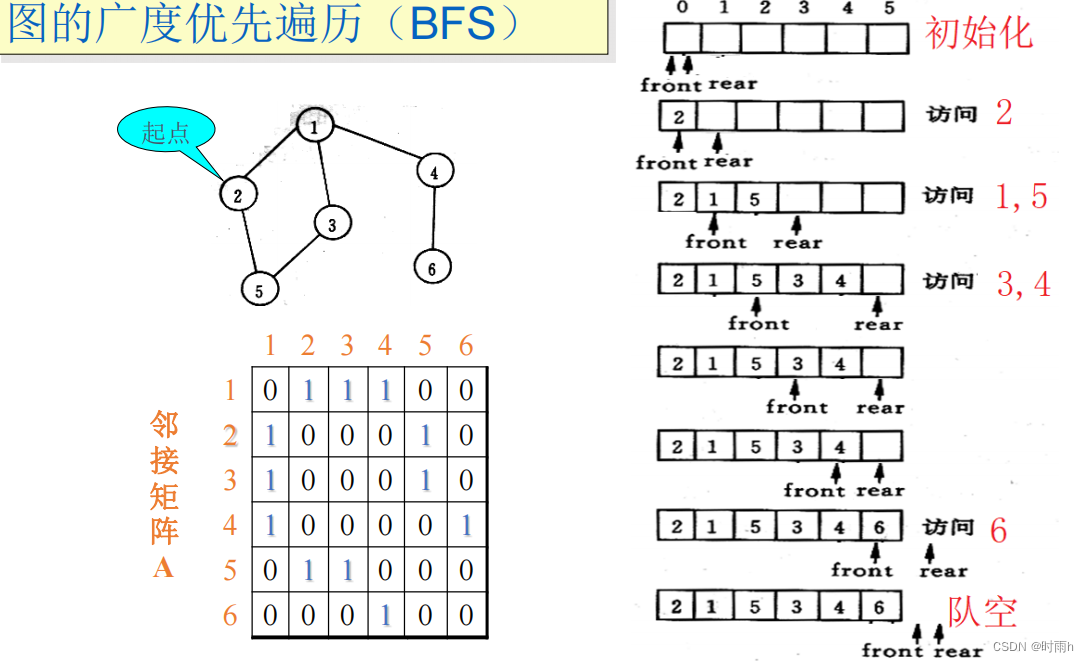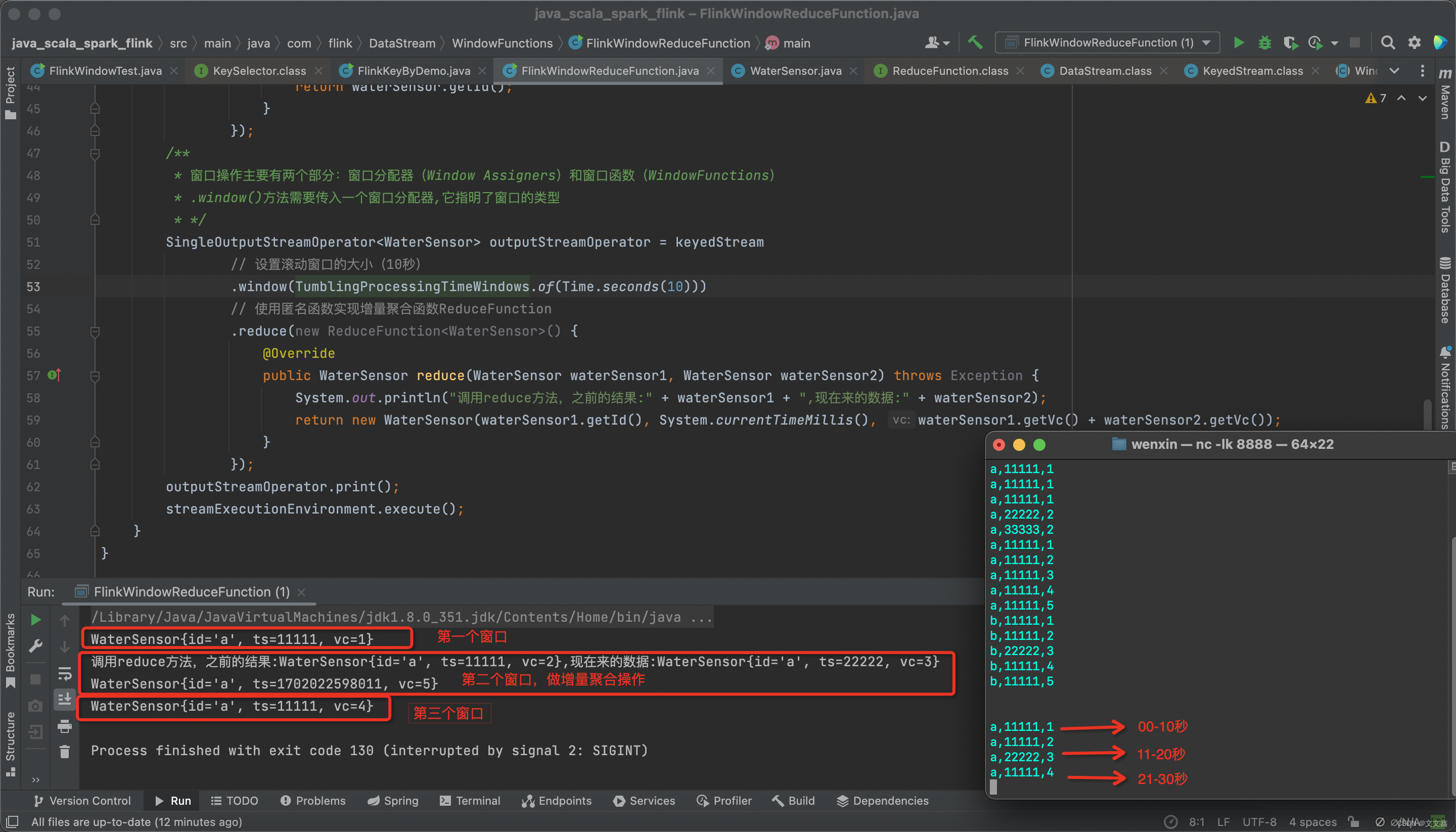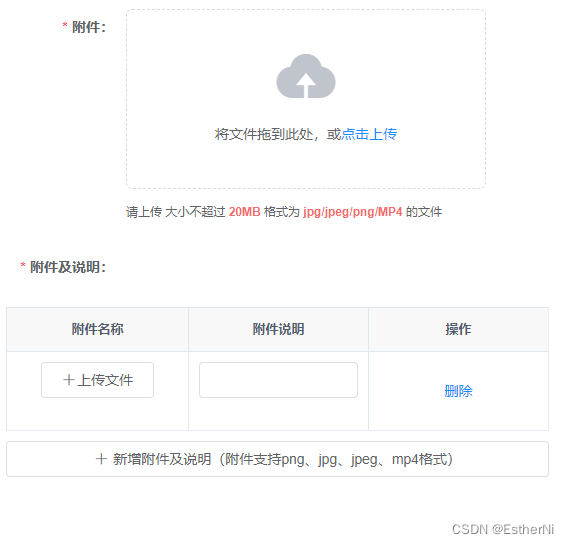目录
一、Nacos配置管理回顾
1.1 统一配置管理
1.1.1 在nacos中添加配置文件
1.1.2 在弹出的表单中,填写配置信息
1.1.3 从微服务拉取配置
1.1.4 在项目中新增一个配置文件bootstrap.yaml,内容如下:
1.1.5 读取nacos配置
1.1.6 效果
二、配置热更新步骤
第一种方式:在@Value注入的变量所在类上添加注解@RefreshScope
第二种方式:@ConfigurationProperties注解
三、总结
一、Nacos配置管理回顾
Nacos除了可以做注册中心,同样可以做配置管理来使用。
1.1 统一配置管理
当微服务部署的实例越来越多,达到数十、数百时,逐个修改微服务配置就会让人抓狂,而且很容易出错。我们需要一种统一配置管理方案,可以集中管理所有实例的配置。
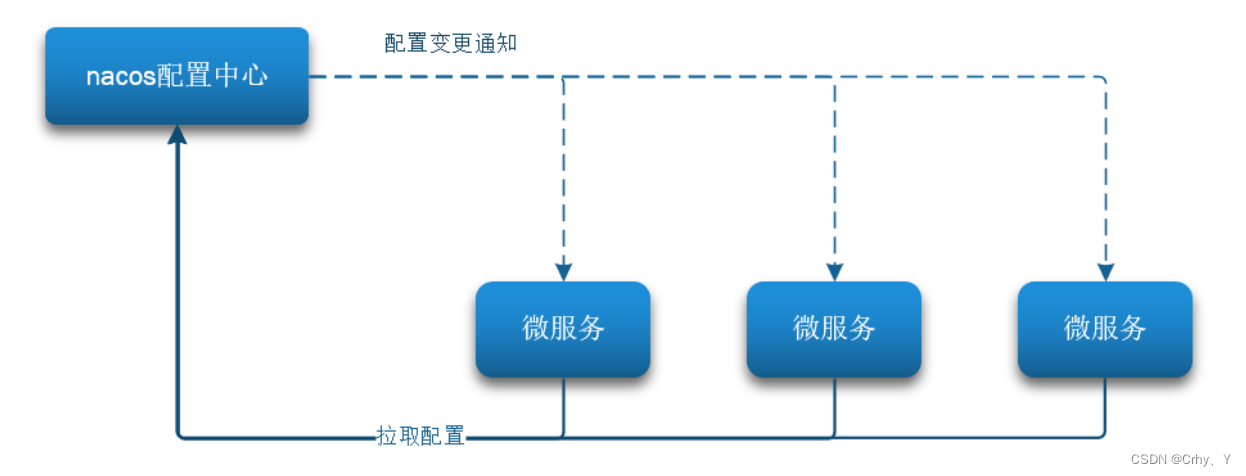
Nacos一方面可以将配置集中管理,另一方可以在配置变更时,及时通知微服务,实现配置的热更新。
1.1.1 在nacos中添加配置文件
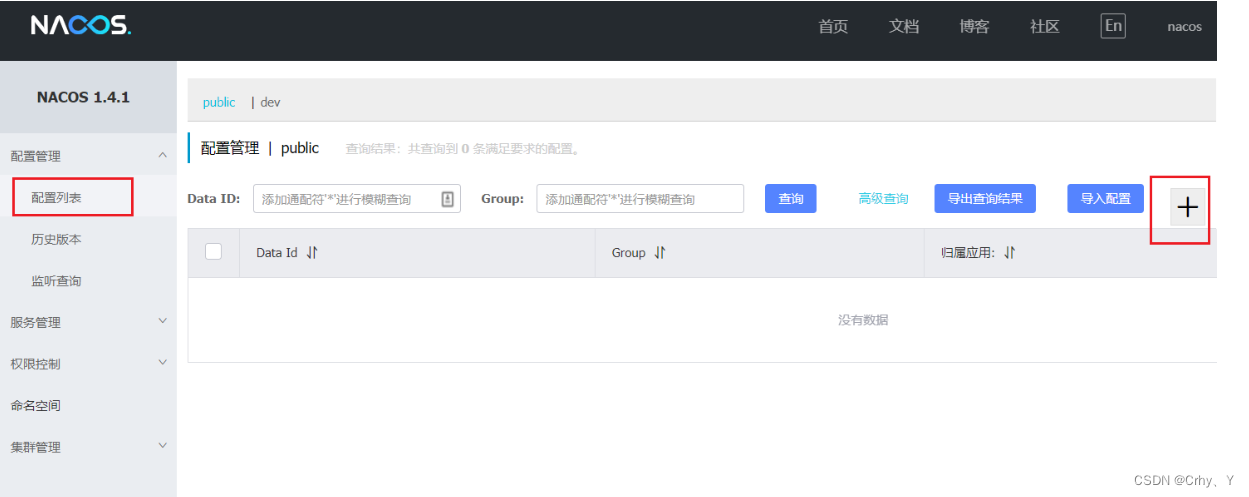
1.1.2 在弹出的表单中,填写配置信息

注意:项目的核心配置,需要热更新的配置才有放到nacos管理的必要。基本不会变更的一些配置还是保存在微服务本地比较好。
1.1.3 从微服务拉取配置
在服务中,引入nacos-config的客户端依赖
<!--nacos配置管理依赖-->
<dependency>
<groupId>com.alibaba.cloud</groupId>
<artifactId>spring-cloud-starter-alibaba-nacos-config</artifactId>
</dependency>1.1.4 在项目中新增一个配置文件bootstrap.yaml,内容如下:
spring:
application:
name: userservice # 服务名称
profiles:
active: dev #开发环境,这里是dev
cloud:
nacos:
server-addr: localhost:8848 # Nacos地址
config:
file-extension: yaml # 文件后缀名1.1.5 读取nacos配置
在服务中的Controller中添加业务逻辑,读取pattern.dateformat配置
package cn.itcast.user.web;
import cn.itcast.user.pojo.User;
import cn.itcast.user.service.UserService;
import lombok.extern.slf4j.Slf4j;
import org.springframework.beans.factory.annotation.Autowired;
import org.springframework.beans.factory.annotation.Value;
import org.springframework.boot.context.properties.ConfigurationProperties;
import org.springframework.cloud.context.config.annotation.RefreshScope;
import org.springframework.web.bind.annotation.*;
import java.time.LocalDateTime;
import java.time.format.DateTimeFormatter;
@Slf4j
@RestController
@RequestMapping("/user")
public class UserController {
@Autowired
private UserService userService;
@Value("${pattern.dateformat}")
private String dateformat;
/**
* 路径: /user/110
*
* @param id 用户id
* @return 用户
*/
@GetMapping("/{id}")
public User queryById(@PathVariable("id") Long id) {
return userService.queryById(id);
}
@GetMapping("/now")
public String now(){
return LocalDateTime.now().format(DateTimeFormatter.ofPattern(dateformat));
}
}1.1.6 效果
在页面访问,可以看到效果:

二、配置热更新步骤
实现Nacos中的配置文件变更后,微服务无需重启就可以感知,有两种配置方式:
第一种方式:在@Value注入的变量所在类上添加注解@RefreshScope
@Slf4j
@RestController
@RequestMapping("/user")
@RefreshScope //热更新注解
public class UserController {
@Value("$pattern.dateformat}")
private String dateformat;
...
...
...
}第二种方式:@ConfigurationProperties注解
步骤1. 使用@ConfigurationProperties注解创建实体,实现自动配置
@Component
@Data
@ConfigurationProperties(prefix ="pattern")
public class PatternProperties {
private String dateformat;
}步骤2. 在Controller中注入PatternProperties
@RequestMapping("/user")
public class UserController {
@Autowired
private UserService userService;
@Autowired
private PatternProperties properties;
@GetMapping("now")
public String now(){
return LocalDateTime.now().format(DateTimeFormatter,ofPattern(properties.getDateformat());
}
}三、总结
Nacos配置更改后,微服务可以实现热更新,方式有以下两种:
- 通过@Value注解注入,结合@RefreshScope来刷新
- 通过@ConfigurationProperties注入,自动刷新
注意事项:
- 不是所有的配置都适合放到配置中心,维护起来比较麻烦;
- 建议将一些关键参数,需要运行时调整的参数放到nacos配置中心,一般都是自定义配置;
